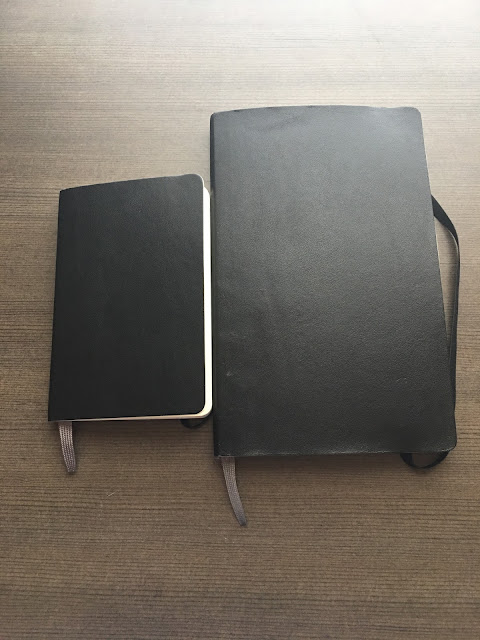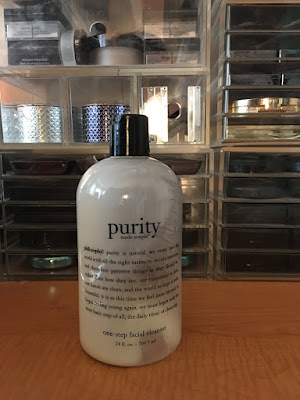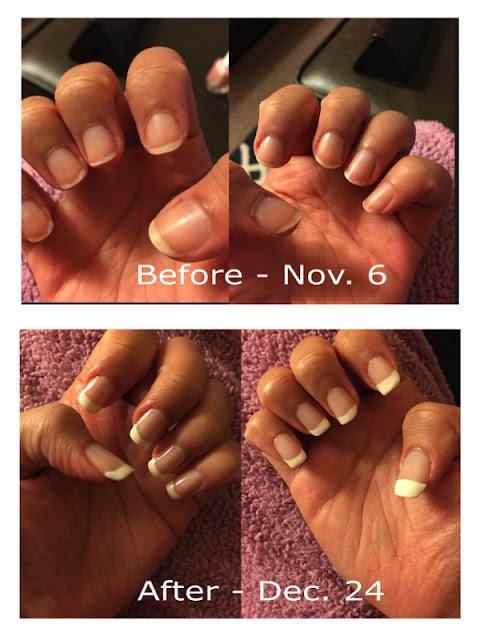How To Get Started On Organizing A Room - Home Organizing Series
I've spent the last several months planning my next big organizing project to update my home office/closet and it's the inspiration for this week's blog post and a future series on this blog - the Home Organizing Series.
In the first issue of the Home Organizing Series, I'll try to answer some of the most frequently asked questions that I get when it comes to taking on an organizing project, and I'll use my home office redo as an example of how to get the process started.
What's the first thing I should do to start a home organizing project? Where do I even begin?
Even the most organized person can still feel overwhelmed by taking on a new project because you have to figure out where to begin. Whenever I'm stuck for where to begin, I try to answer two questions:
- What does and does not work in this space?
- What does and does not need to be in this space?
By figuring out how the space works for me, I can begin to figure out how to better plan my project. I've figured out that I need more and better storage in my home office and that the closet - which is super narrow and stores my shoes and coats - could be used better if I could remove some items and reconfigure the shoe storage.
By figuring out what should be in the space, I can be sure that what I'm organizing is what truly belongs there. I've completely switched over to reading books on my iPad so I'll be giving away or donating my physical books, only keeping the ones that have sentimental or practical use - I have books signed by the author or cookbooks that have my personal notes on how to tweak the recipes, and they'll make the small cut of what will stay.
What are the best storage and organizing tools for me to buy?
Would that I could answer that, but the truth is the solutions that work best for you are the ones to buy - there really isn't a one-size-fits-all approach.
That said, the question is really speaking to these ideas:
- What is my organizing budget?
- What are the measurements of the space I'm trying to reorganize?
- Do I want concealed storage or something more visible?
- Do I have any physical needs that have to be addressed?
Always start with a target budget - and be prepared to wait a while to find the right pieces that fit within your budget. Back to school and dorm season is in full swing and it's a fantastic time to buy great organizing pieces on a budget. I've spent so much time planning out what I'd like to do in my office/closet to not only get the best solution for my changing needs but to really find the right solutions that fit within my budget. With a build-it-yourself approach, you can save even more money than buying pieces that come assembled - but only use this option if it's possible for you to do so.
Measure twice and cut once - it's the old adage that tells us to make sure that your measurements are precise before you spend the time and money buying a piece of furniture that doesn't fit. I'm planning to buy a wardrobe and shoe cubbies to organize the closet space more and I'm being super careful to use the right measurements so that I don't have a big piece of furniture that doesn't work for me.
Concealed storage like drawers or closed bins are great but I know that if I can't see my items I forget that I even have them. I organize my makeup in clear acrylic drawers for that exact reason. Know how you can keep an inventory of your possessions and then buy accordingly.
And of course, keep in mind your physical needs. Low storage for a bad back, for instance, wouldn't work out too well. Pay attention to what physically works for you and plan from there.
How do you know what storage and organizing products will work best?
Thanks to YouTube, Pinterest and blogs like this one, you can really get a sense of how other people are using products. I'd thought for a while about using a shoe drawer system but after watching enough YouTube clips I've realized that it just won't fit for my space or my style. But seeing the items in action prevented me from making a super costly mistake.
Take a tour of furniture stores or home organizing stores like The Container Store to see mock-ups of how the pieces work together so you can get a better sense of what to purchase for yourself.
Once you finish organizing a room, how do you keep it organized?
Keeping a room organized truly depends on how you well you planned the organizing system in the first place. I myself had to abandon some organizing systems because I found that they so didn't work for me that I couldn't maintain it at all. But once I figured out what was possible for me to keep up with, I found that staying organized was so much easier.
The biggest piece of advice I can give to anyone starting a home organizing project is to think about what outcomes you think you could reasonably keep going once the project's over so that you truly create a system that works for a long time.
That said, don't feel too discouraged if a system no longer works. I built a great home office system that worked for me for nearly a decade - but as my needs have changed, so too must the environment around me. The goal shouldn't be to create a system that will work forever but for as long as possible so that you really get the most of your investment.
***
Over the summer I hope to put my plan into action and purchase the pieces that'll bring the project together, and I'll document them as I go as well as share any knowledge I pick up along the way. In the mean time, I hope you have a great start to your next home organizing project.



Comments
Post a Comment